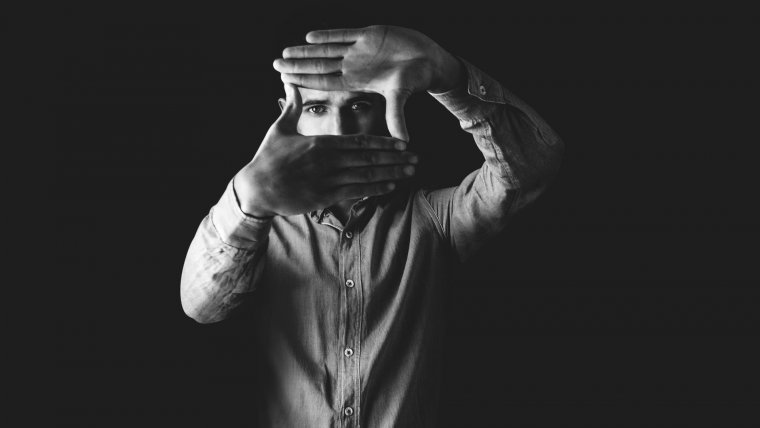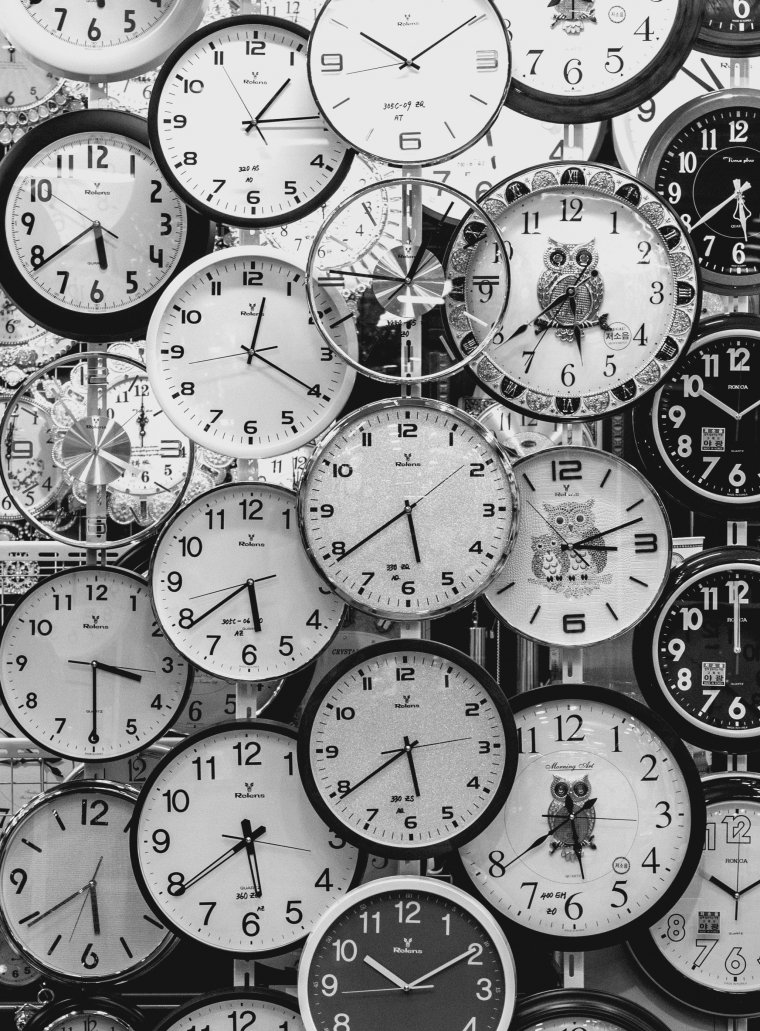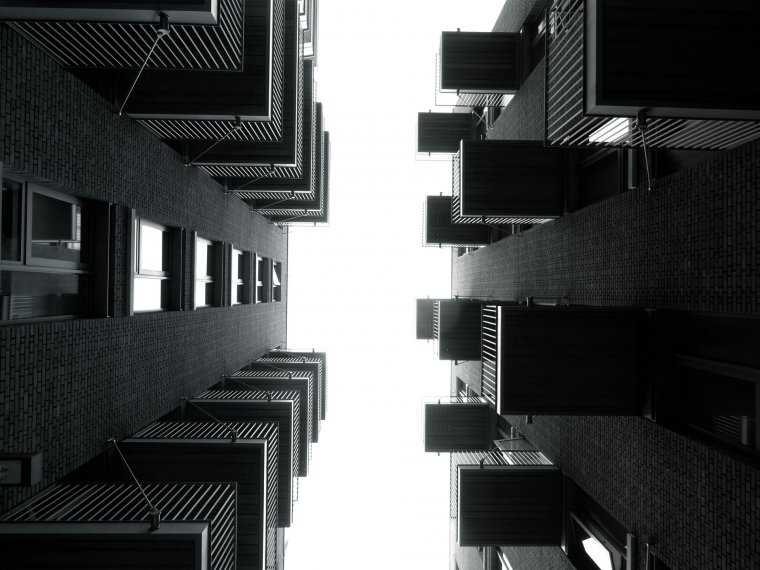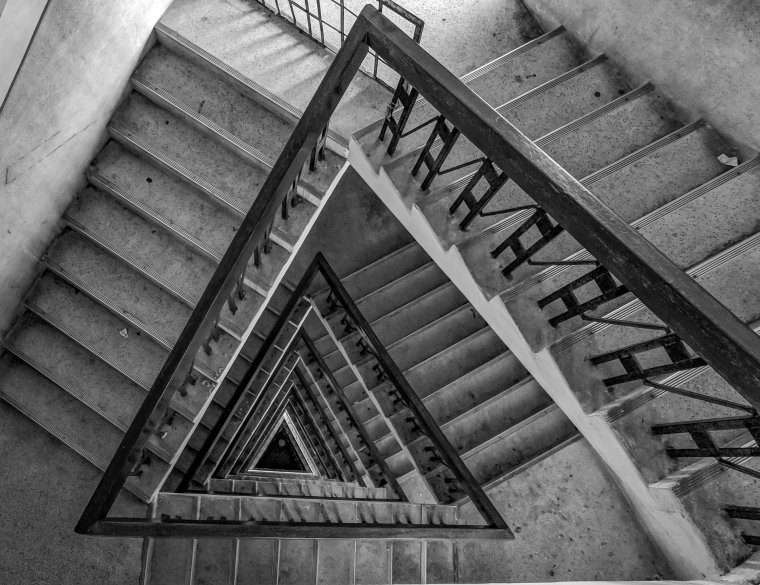
The foundation of photography was built on many things that gave us the privilege to enjoy the art today. One of those key elements that helped in building the foundation of photography itself was the art of black and white photography. Black and white images have been around for years and even some of the first few photos that were ever taken in photography were black and white before we learned how to develop and appreciate color as well. Some photographers like myself till this day still appreciate and use black and white photography in their portfolio or even just to practice black and white photography overall. However, throughout the years as a professional photographer, I have noticed where beginners and some professionals like myself make some very common mistakes that are often evident in their images. In this article, I aim to point out some of those mistakes and discuss how we can correct them or even prevent them from happening as you continue to practice or begin diving into black and white photography. Let’s begin!
Table of Contents
In black and white photography this is one of the first mistakes you don’t want to make. While I assume most professionals who are reading this article stopped shooting in JPEG years ago, I know there are still some beginners doing this. The limits set when shooting in JPEG can not only damage your image quality but also limit your post-production capabilities as to what you can do with the digital file in Lightroom or even photoshop. When doing black and white photography or any photography for that matter, ensure that your camera’s image format is set to raw at all times. The advantages of shooting raw are unparalleled and are one of the first things you grow to appreciate when you start photography. Back when I was a beginner I was never too clear on the concept of the difference between RAW and JPEG format until I gave it a try and became instantly mindblown.

The RAW digital format of an image essentially holds a lot more information than that of a JPEG file which speaks to its file size. This information contains so much detail and color that can be manipulated and used to your advantage during post-production. Things such as controlling the intensity of you black and white are an asset when it comes to black and white photography itself. You want to be able to adjust these fine details without suffering losses in quality or compromising your image overall. With that said, don’t make the mistake of shooting in JPEG when practicing or doing black and white photography as the consequences can be damaging to your photo when the time comes to edit.
This is a next mistake commonly used amongst photographers quite often and I must admit it grinds my gears every time. Black and white photography should not be the last resort of safety net for poorly taken or bad images. So often I’ve seen where a poorly lit or colored image was transformed to black and white in the hope that it would make the image more appealing and in most cases, it doesn’t.

If an image was taken in a poorly lit environment with bad composition and color then changing it to black and white might not do much justice. Black and white photography can fix some images but not all and should not be used as a back up for poor photos. This act might even be deemed disrespectful to photographers who’ve been around since the beginning of the film or black and white photography as they see it as a deeper art than colored photography.
One of the best things about black and white photography is the ability to shoot in conditions that may have not been suitable for colored photography. Things like an overcast day can look so beautiful when it comes to shooting in black and white but there is a limit to what’s suitable and what’s not suitable lighting for black and white photography. Not all low light situations are acceptable for black and white photography. Be sure to assess your lighting first before considering capturing your image. Black and white photography can be seen as a more calculated way of shooting.
Having great composition in your black and white photos can help make your image speak volumes. Colors usually save images that might have some bad composition but in this case, you don’t have much room for error. Pay as much attention as possible when composing your shot as that will be the key factor in getting your viewers attention.

I hope some of these short but simple tips will help you to become a better black and white photographer as there so much potential in the art of black and white photography. Always thankful for you stopping by and look forward to seeing you next time.
Comments (0)
There are no comments yet.